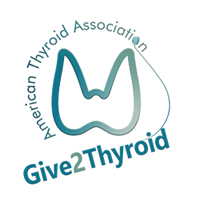SUMMARY OF THE STUDY
The study was conducted by researchers in H Lee Moffit Cancer Center and Research Institute in Tampa, Florida. A total of 3325 thyroid biopsies done in this center from 2008 to 2015, with 861 ended up with indeterminate results. The final diagnosis (benign or cancer) was available for 463 of these nodules after surgery.
Three different physicians (one endocrinologist and two radiologists) reviewed the ultrasound images of these 463 nodules with indeterminate biopsy results. They classified these nodules independently according to The American Thyroid Association guidelines classification system to very low, low, intermediate and highly suspicious for thyroid cancer. A total of 5% of nodules were characterized as very low, 34% as low, 16% as intermediate and 8% as highly suspicious for thyroid cancer. Due to disagreement of the three physicians, 37% of the nodules were not assigned into any groups.
No cancer was found in nodules found in the very low category. A total of 20% of nodules ranked in the low or intermediate category were found to be cancerous. In nodules found to be in high-suspicious risk group, 56% were cancer. Of the nodules which were not assigned into any of the groups, 36% of were found to be cancerous after surgery.
Thyroid cancer with aggressive features like spread outside of the thyroid were predominantly in the highly suspicious group based on ultrasound.
WHAT ARE THE IMPLICATIONS OF THIS STUDY?
The authors concluded that The American Thyroid Association guidelines classification system could help to predict the chance of thyroid cancer in indeterminate nodules. Nodules identified highly suspicious by ultrasound have a higher chance of thyroid cancer.
— Shirin Haddady, MD




